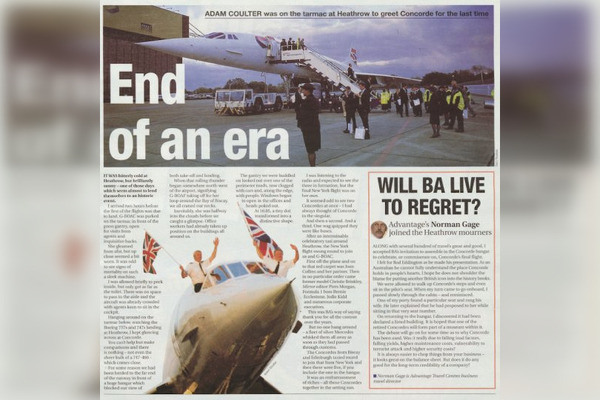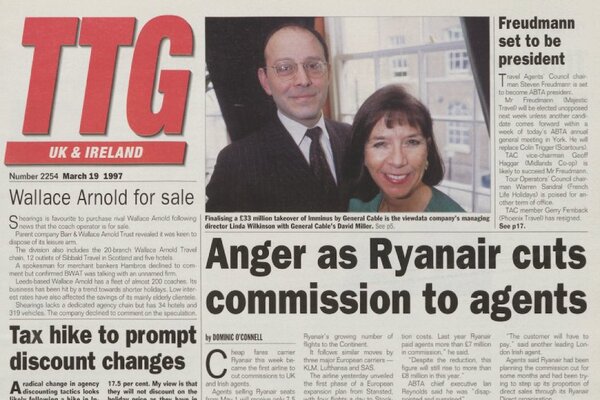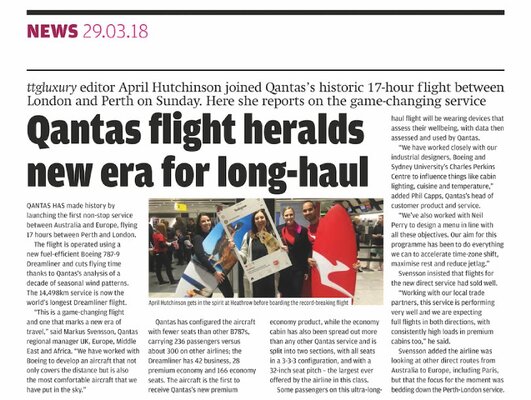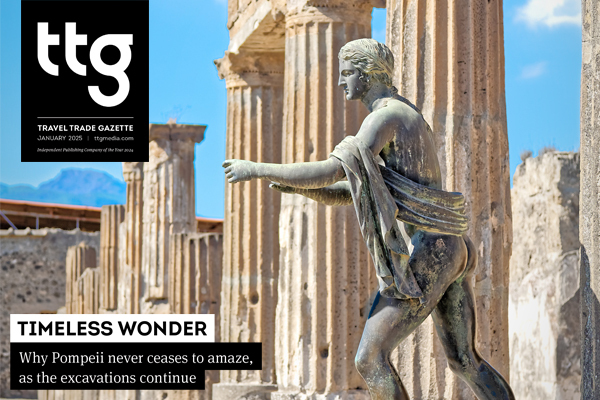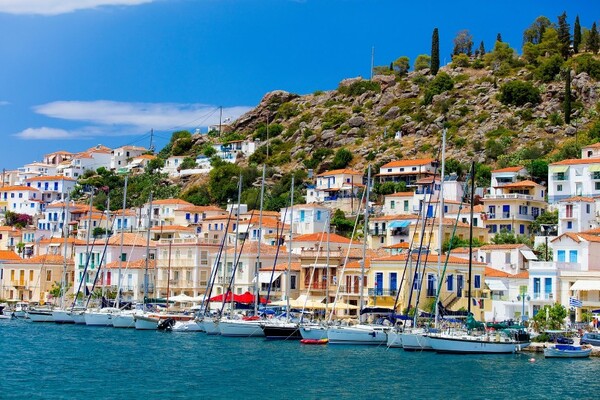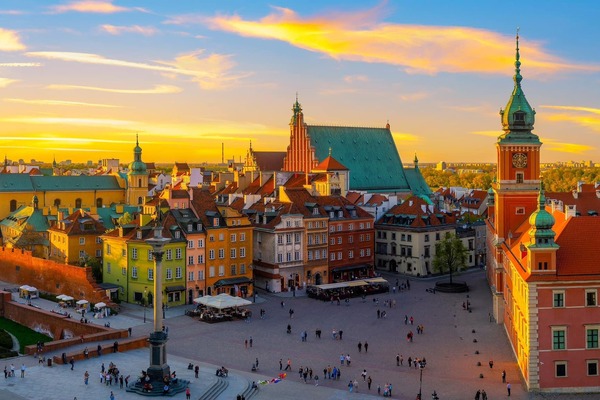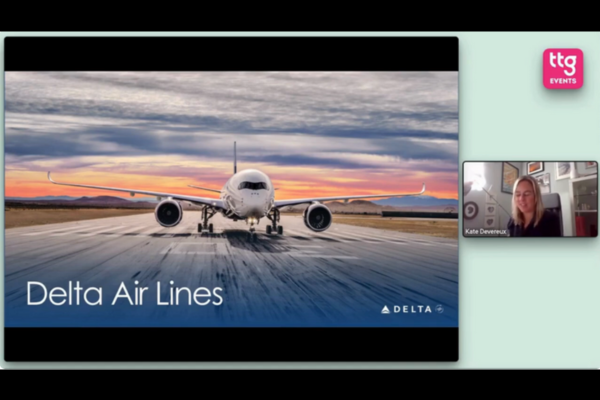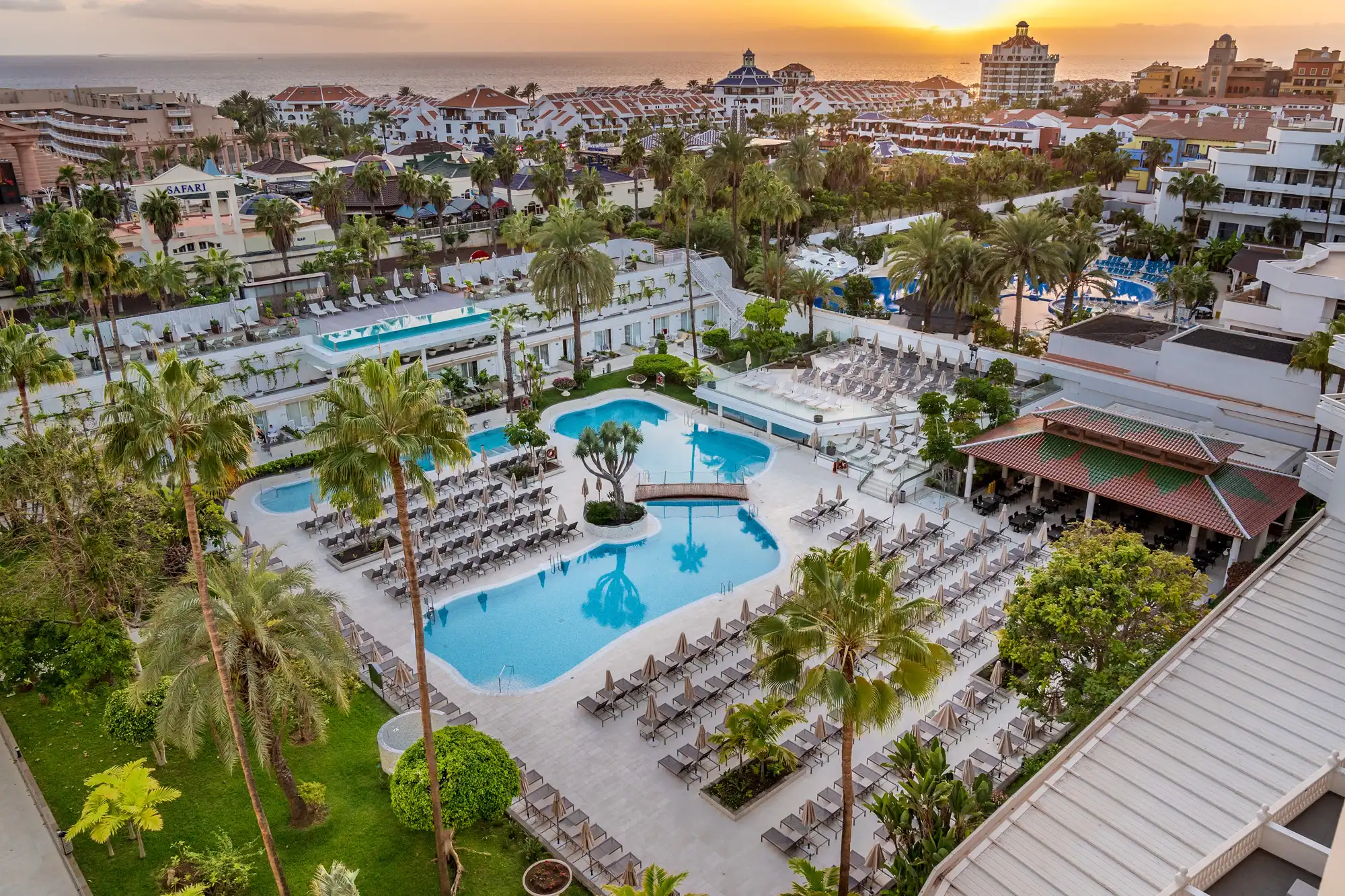TTG at 70: Aviation's highs and lows through the ages
 Gary Noakes
Gary NoakesThe first 70 years of TTG captured the extraordinary story of commercial flying, bearing witness to the birth of mass air travel, supersonic flight, non-stop services to Australia and the enormous growth of low-cost carriers.
Modern airlines mostly developed in the post-Second World War years, when governments established them to ensure inter-nation communication and freight carriage. Countries were very protective of their own carriers, which often meant only two state-owned airlines flying between their respective nations.
Consequently, flying was expensive. As TTG reported in 1953, a return fare between London and Palma cost almost £900 in today’s money. The UK government was reluctant to see currency leave the country, but airlines eventually negotiated limited numbers of tourist fares, enabling more people to travel.
Not that this helped the average person; in the late 1950s, a 15-day tourist return fare from London to New York was equivalent to £3,100 now.
No-frills flights
Bids to reduce fares were hindered by government restrictions, legal challenges and aircraft technology. In 1977, Freddie Laker’s Skytrain launched no-frills flights to North America with one-way fares equal to £386 today – roughly twice the rate of a basic return now.
Laker was also foiled by the technology of the time; he used a DC-10 aircraft with three engines – gas guzzlers compared with today’s twin jets.
Nevertheless, as aircraft became more fuel-efficient and protective regulations fell away, cheaper travel arrived, as charter airlines like Monarch and Britannia Airways developed to serve their respective tour operator parents, Cosmos and Thomson, thus opening up more of Europe.
Meanwhile, in the US, a disrupter was about to shake up short-haul flying for ever. Southwest Airlines’ first flight from Dallas to San Antonio in 1971 was only an hour but with fares that made it cheaper than driving – a business model that has seen the carrier grow to become the fourth-biggest in the US today.
It was the model copied (with Southwest’s permission) by Ryanair, which began flying in 1985, and to a lesser extent easyJet, from 1995. Both of these airlines were helped by the EU’s open skies policy, which allowed carriers to fly anywhere in Europe, breaking the “two airline” norm which had held sway for decades.
The burgeoning number of no-frills carriers in the 1990s also dispensed with the industry’s “Saturday night rule”, which penalised travellers for not staying over a weekend, thereby lowering prices for business customers and winning an important client base from what became known as “legacy” carriers.
Another significant regulatory milestone came in 2008 when an EU and US deal removed some illogical restrictions on air travel. An example of this was a ban on Delta Air Lines serving Atlanta from Heathrow, meaning Delta could not connect its own hub – the world’s busiest airport – to Heathrow, then the world’s busiest international airport.
The deal subsequently opened the door for Norwegian Air and its successor, Norse Atlantic Airways, to offer no- frills transatlantic flights from the UK. To the industry’s relief, the agreement remained in place following Brexit.
Norse and Norwegian were assisted in their ambitions by new aircraft developments. Both used the Boeing 787, introduced in 2011, to operate their transatlantic schedules, with its revolutionary composite structure making it lighter and therefore more fuel-efficient. It and Airbus’s answer, the A350, now enable Qantas to fly non-stop from the UK to Australia.
In terms of aviation’s geography, developments in the Middle East cannot be ignored. Emirates first flew in 1985 when Dubai was best-known as a refuelling stop for flights to Asia. Emirates’ growth has fundamentally changed global flying patterns, with Dubai now the world’s busiest international airport.
Via hub development and persuading passengers that one-stop long-haul is acceptable, Dubai, Qatar, Abu Dhabi and latterly, with its new Istanbul airport, Turkey, have skewed travel patterns and advanced whole regions.
However, for all its advances, the airline industry has taken one step backward. In 2003, TTG reported from onboard Concorde when it was withdrawn from service. It ended an era of supersonic flight that meant London to New York took just three-and-a-half hours, providing you could afford the equivalent of £11,372 in today’s money for a return ticket – and too few could.
Concorde cruised at 1,350mph, twice the speed of sound, and left the skies exactly 100 years after the Wright brothers’ first flight made it all possible. Concorde was perhaps the ultimate gas guzzler and was also extremely noisy. A possible successor was declared in 2021 by US firm Overture, with its Boom aircraft, which has pledged to use sustainable aviation fuel (SAF) to answer criticism of its environmental credentials.
What did it all mean?
In 2023, SAF is now the buzzword as airlines face an almighty challenge to achieve net zero by 2050. The next few decades will be critical for an industry that, in little more than 100 years, has allowed ordinary people to travel the world.
For all its achievements, aviation’s next big quest – sustainability – must still be overcome.
TTG at 70: Opening up the archives
During our 70th anniversary year (2023), TTG charted the history of the travel industry through a series of special features delving into the magazine's 70-year back catalogue, all of which is archived on the TTG Media website. Here is the story so far:
- How travel took on the Covid crisis – and won
- The long journey to package holiday perfection
- How travel agents have stood the test of time
- The extraordinary rise of the cruise industry
- Aviation's highs and lows through the ages
- The ash cloud, the rise of cruise – and the death of an institution
- How – and why – terror changed travel forever
- The 90s – the decade that just about saw it all
- How travel's boom-bust nature came to be
- The 'big bang' that made travel affordable for all
- All hail the package in the Swinging Sixties
- The rise of mass travel, and where it all began
Sign up for weekday travel news and analysis straight to your inbox

Gary Noakes
Supplier Directory
Find contacts for 260+ travel suppliers. Type name, company or destination.
